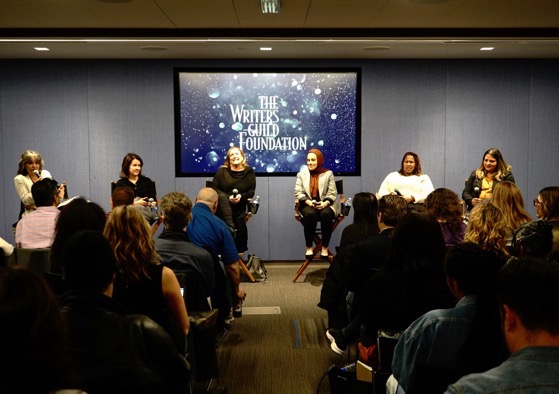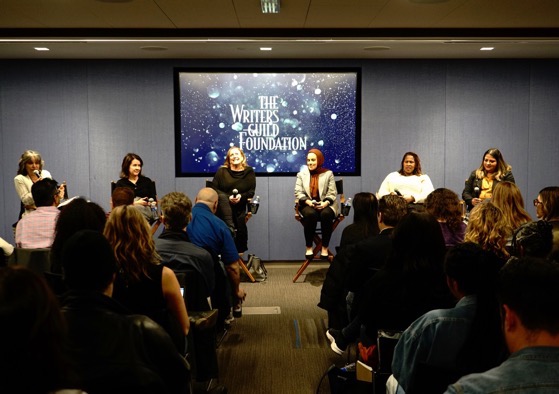Watch this entire presentation
Subscribe to Rosanne’s Channel and receive notice of each new video!
This one allowed me to riff on some of my favorite female science fiction writers across time, whether they be novelists or television writers. It also opened up a good conversation on what art we support and include in our lives – and what that art says to us and about us. — Rosanne
Transcript:
And of course, it brought us many other powerful engaging women right? We got Rei. We’re dealing with Padme from the earlier session. We had Jyn Erso. I really like Rogue One more than I even like the new Star Wars, but that’s just me. Then we have Rose Tiko which was a big move right and then there are people kind of Oh, what’s she doing in there. She doesn’t have any place in the movie. She does. She’s showing us that people of Asian descent show up in the future. That’s a huge message right and again she does it mostly peacefully you know there’s a gun in there someone but we get rid of that pretty quick and then it’s about your skill with it with lightsaber stuff. Moving forward we all know or we think we know Alien right and Sigourney Weaver. Sadly the rumor in Hollywood is that the reason that character is so strong and interesting is the it was written to be a man and when they couldn’t get a male to star in the movie they just threw it to Sigourney Weaver and they never rewrote it girl-ify it up. So she’s powerful because she’s doing all the things we expect men to do in movies without having to be a guy.
* A portion of each sale from Amazon.com directly supports our blogs
** Many of these books may be available from your local library. Check it out!
Podcast: Play in new window | Download
Subscribe: RSS
![36 Star Wars, Alien, and Women Characters from The Sisterhood of Science Fiction – Dr. Rosanne Welch [Video] (1 minute)](https://rosannewelch.com/wp-content/uploads/2020/01/scifi-rmw-cpp-36.jpeg)

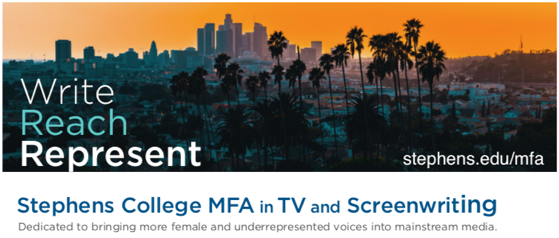
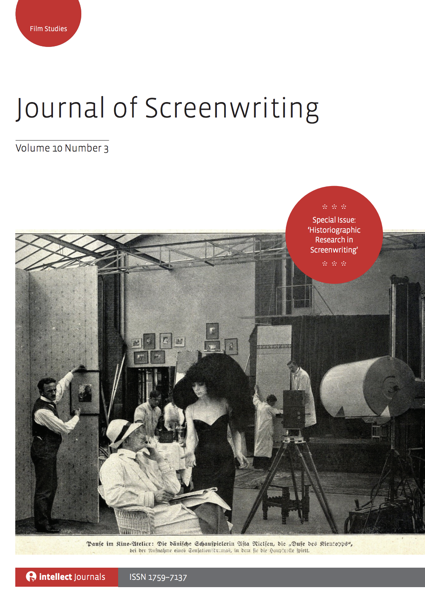
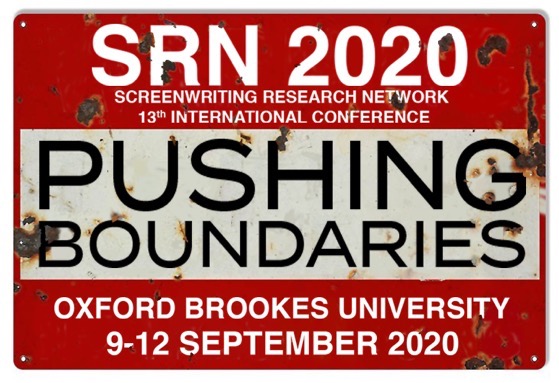
![23 Music and The Monkees from “Why The Monkees Matter: Even 50 Years Later [Video] (1 minute 9 seconds)](https://rosannewelch.com/wp-content/uploads/2020/01/monkees-popcon-2019-23.jpeg)



![35 Princess Leia – Part 3 from The Sisterhood of Science Fiction – Dr. Rosanne Welch [Video] (58 seconds)](https://rosannewelch.com/wp-content/uploads/2020/01/scifi-rmw-cpp-35.jpeg)
![22 The 2000’s and The Monkees from “Why The Monkees Matter: Even 50 Years Later [Video] (36 seconds)](https://rosannewelch.com/wp-content/uploads/2020/01/monkees-popcon-2019-22.jpeg)

